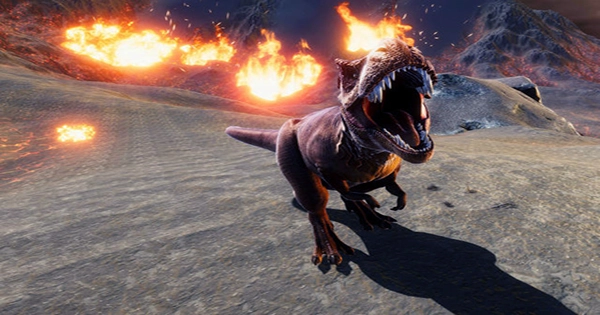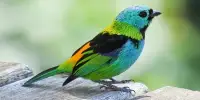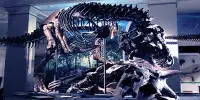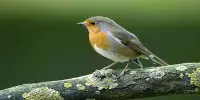There has been some disagreement concerning the dinosaurs’ overall condition at the time of the catastrophic impact, despite the fact that paleontologists generally agree that a big asteroid strike caused the end of the dinosaurs.
Did the asteroid just accelerate the collapse of non-avian dinosaurs, or were they already on the verge of extinction?
Or were they extinct in the late Cretaceous after being accidentally destroyed by a space rock?
New research from the University of Edinburgh shows that dinosaurs were still alive and well when they abruptly went extinct. The researchers also provided new light on how some animals and birds survived a calamity that ended 165 million years of dinosaur life by sifting through the fossil record to rebuild the food webs of the millennia before and after the asteroid’s crash.
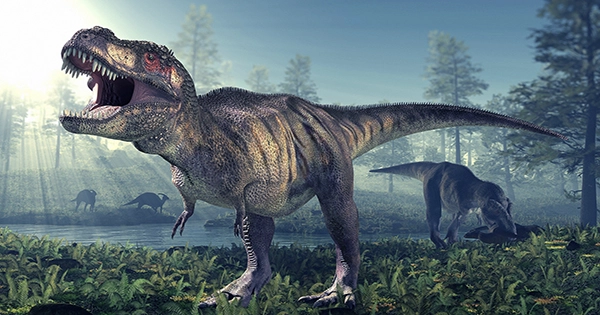
“This is a very interesting study that uses an approach not often used in vertebrate paleontology,” said paleontologist Luis Chiappe, director of the Dinosaur Institute at the Natural History Museum of Los Angeles County, who was not involved with the research. “The results are solid.”
The study, which was just released in the journal Science Advances, examined more than 1,600 fossil samples from the Cretaceous period, which ended 18 million years ago, and the Paleogene period, which began on the day the 7.5 mile-wide rock slammed into what is now Mexico’s Yucatan Peninsula and began 4 million years ago.
Almost every sort of animal that was eating or being eaten during that time period was represented in the fossils, including fish, salamanders, frogs, and crocodilians as well as dinosaurs, mammals, and fish.
According to lead author Jorge Garca-Girón, an ecologist with both Finland’s University of Oulu and Spain’s University of León, the researchers concluded that dinosaurs enjoyed a stable, robust position in the ecological web at the time of their deaths because there was no indication in the fossil record that their food sources were in decline.
Mammals spent the late Cretaceous struggling to establish a small, fuzzy footing in an environment dominated by enormous reptiles, with much less security in the food web than their dinosaur rivals. A large variety of mammal species were discovered by researchers, indicating that a family was adjusting to its environment.
“It’s kind of a trade-off,” said García-Girón. “The dinosaurs were far more stable in their ecologies. They were, of course, masters of their ecosystem. Mammals, on the other side, were diversifying and starting to colonize different habitats and different environments.”
This adaptability might have saved mammals when the asteroid hit.
75% of the species on the world at the time are thought to have perished during the Cretaceous-Paleogene extinction, also known as the K/Pg catastrophe. Most dinosaurs were unable to hide underground, fly to safer area, or submerge themselves in water as surviving animals did when the impact occurred and the ensuing fires and clouds of particulate matter burned the landscape and changed the atmosphere.
“The asteroid impact was so great that there was no place on the surface of the Earth that was truly safe,” author Riley Black wrote in the book “The Last Days of the Dinosaurs: An Asteroid, Extinction, and the Beginning of Our World”. “When the air itself became deadly, there was little that could be done for terrestrial life.”
The environments and climate of the late Cretaceous were perfect for dinosaurs. Dinosaurs were wiped off along with that world by an unforeseeable, unprecedented calamity.
In addition to providing answers about a critical event in the planet’s past, the new research may also aid in the prediction of the planet’s future. Our ability to predict how plant and animal species may be harmed and decline as a result of human-induced climate change can be improved by having a thorough understanding of the five great extinction events in the prehistoric record.
Freshwater species, for example, are quickly disappearing already, García-Girón said. “If we’re able to discern what kind of factors determined survivorship of freshwater fauna in the past, we might want to use that information to predict the consequences of freshwater biodiversity loss happening in our time,” he said.
